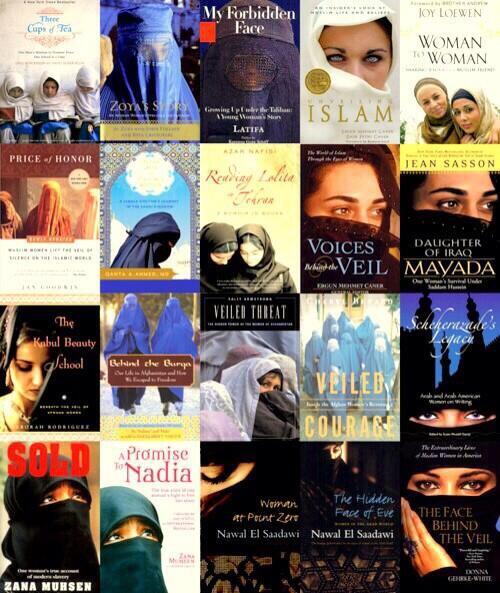
Image by Sinthujan V
Varatharajah was inspired by an article on the culture studies blog Africa Is a Country, which last week ran a collage of 36 covers of books written by African writers or with Africa as the theme. The books were set in South Africa, Nigeria, the Congo and further afield. Yet, as the article noted, the covers all featured the same imagery: an acacia tree in a crimson sunset.
"The covers of most novels about Africa seem to have been designed by someone whose principal idea of the continent comes from The Lion King,” the blog noted.

Image by Simon Stevens
Books about the Arab world are victims of the same stereotypes. In a post on the ArabLit blog titled Translating for Bigots, M. Lynx Qualey noted a pronounced fascination for veils. She turned to Adam Talib, who teaches Arabic literature at the American University in Cairo, for an explanation. It's a question of fulfilling readers' expectations, he suggested. If the reader "finds an Arab woman not wrapped in ten layers of fabric, forced to marry her cross-eyed cousin, and pushed to the back seat of a car", they say, ‘What an unrealistic depiction of Arab women’,” Talib surmised.











